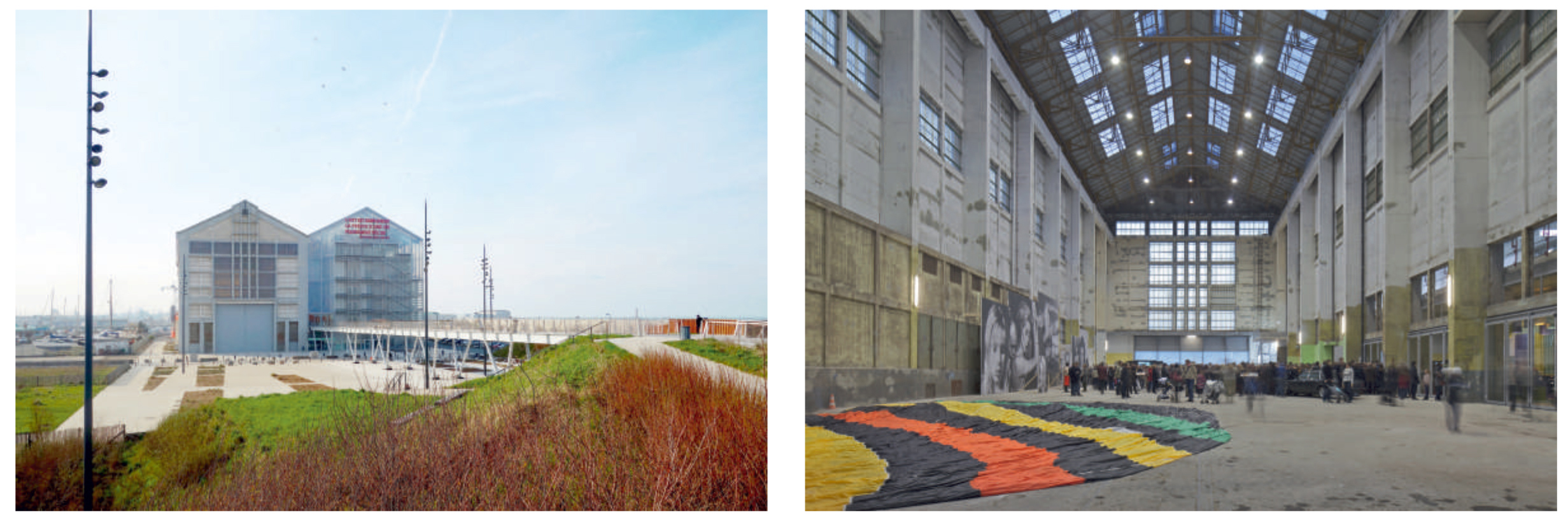
The FRAC of Dunkirk by Lacaton & Vassal: About Incommensurability, Duplication and Openness
Moretti Beatrice
2020
Moretti, Beatrice. 2020. “The FRAC of Dunkirk by Lacaton & Vassal: About Incommensurability, Duplication and Openness”. World Architecture / Shijie Jianzhu 356 (02): 114-119
ISSN 1002-4832
“During the massive post-war reconstruction, many companies experienced a boom. Among these, the Ateliers et Chantiers de France (ACF), a major shipyard founded in 1898, was totally rebuilt and modernised. In 1949, ACF opened a new hall, the Atelier de Préfabrication n.2 or AP2, immediately nicknamed “the cathedral” for its vastness and profile. […] Closed in 1988, the AP2 hall has been preserved as a relic of the French ship-building industry and, in the 1990s, was involved in the Operation Neptune, an urban development process with which the municipality aimed to orient the city back towards the docks. The AP2 is situated at the outermost edge of the development area “ZAC du Grand Large”, a component of the Operation designed along the principle of sustainability to combine different types of building and public spaces on a diversity of scales. In 2009, the municipalities association of Dunkirk moved the Fonds Régionaux d’Art Contemporain (FRAC) Nord-Pas de Calais to the AP2 factory hall with the aim of converting the former hall for the new use. A competition was held for this purpose which ended with the victory of French architects Lacaton & Vassal’s (L&V) dissonant proposal. Instead of filling the former hall factory with museum spaces altering irreversibly its structure, they decided to privilege mutability over posterity. Their project doubles the AP2’s volume and juxtaposes alongside it a twin building which contains the programme of the FRAC. This operation frees up the AP2 allowing it to do what it does best: to be empty and to accommodate not only art installations but concerts, sport events and other to-be-determined activities.”





